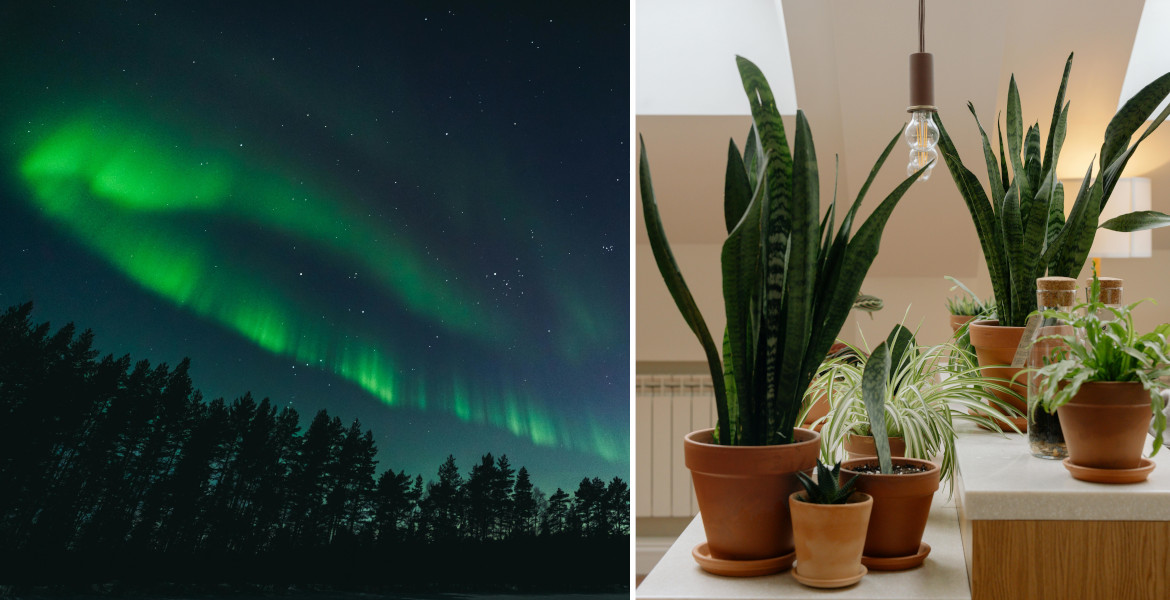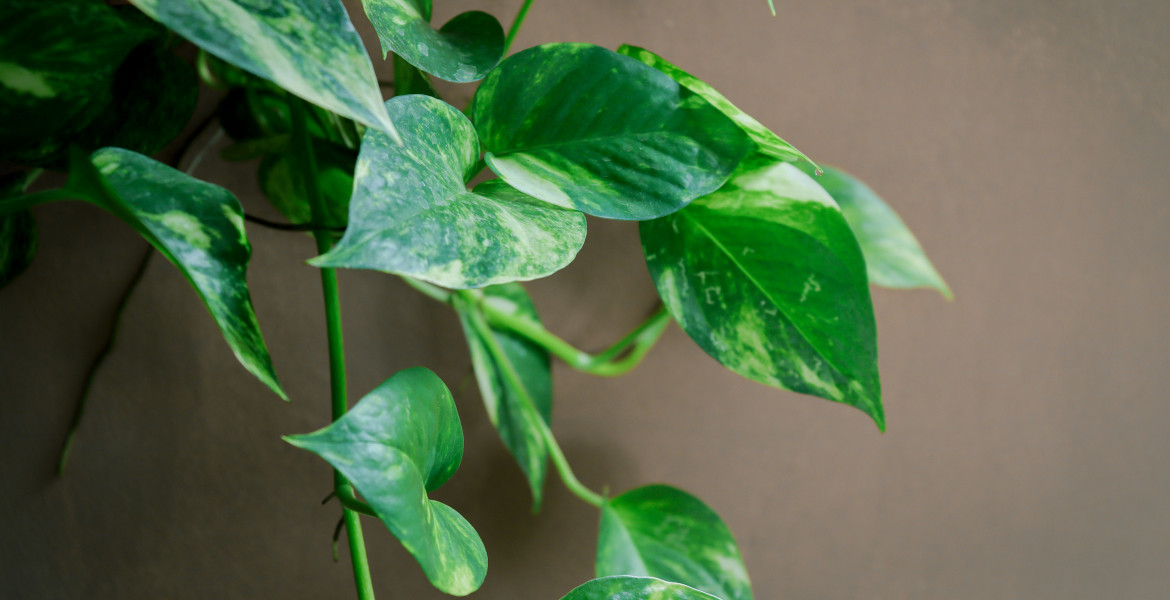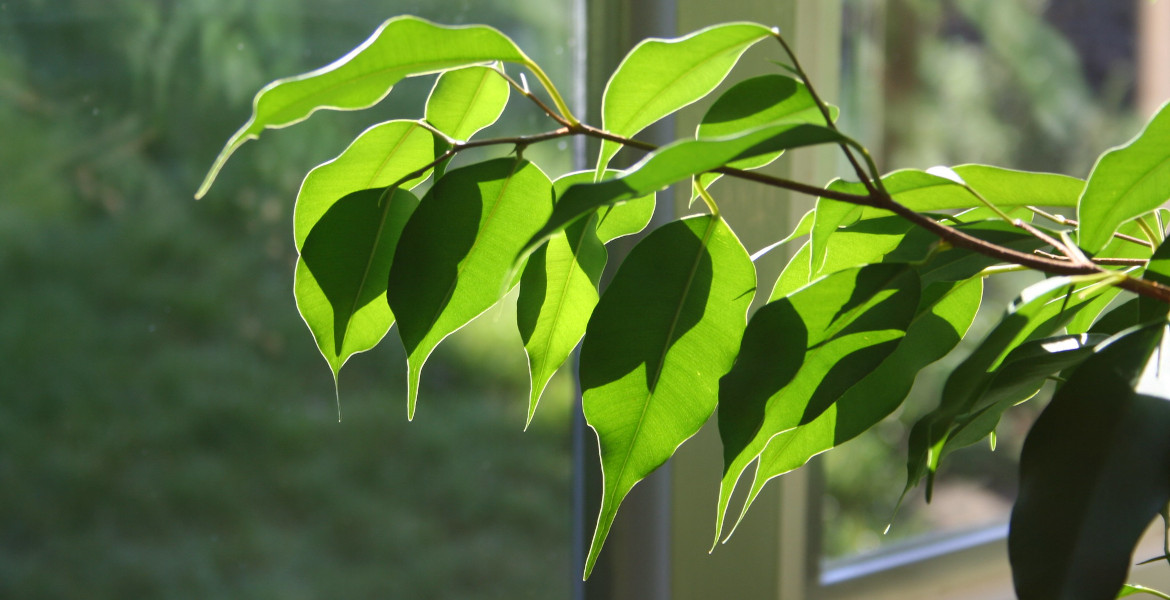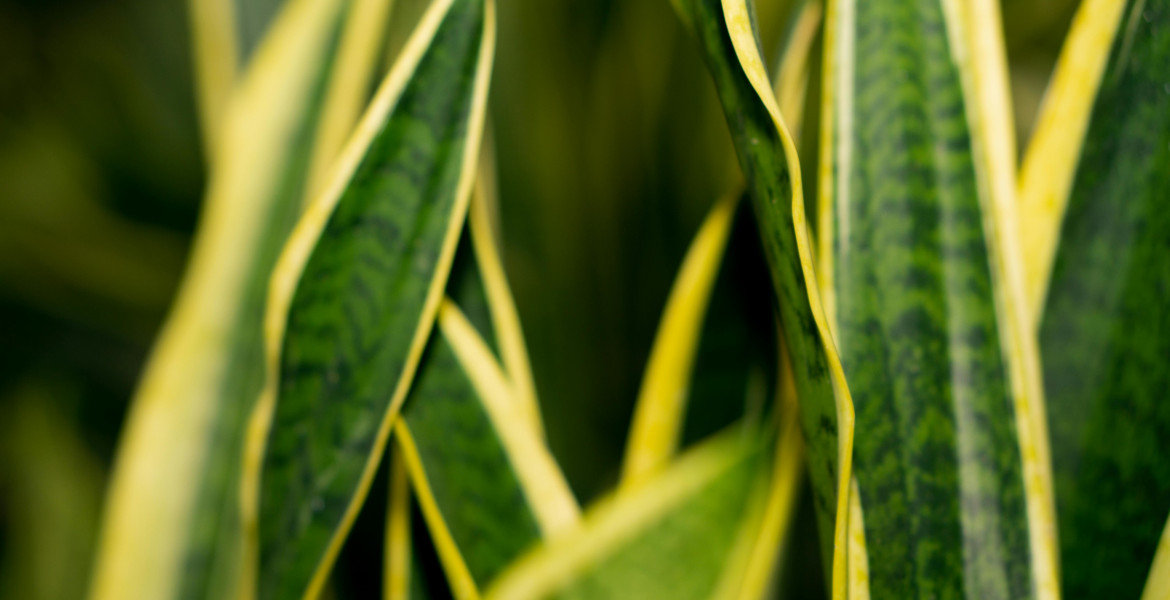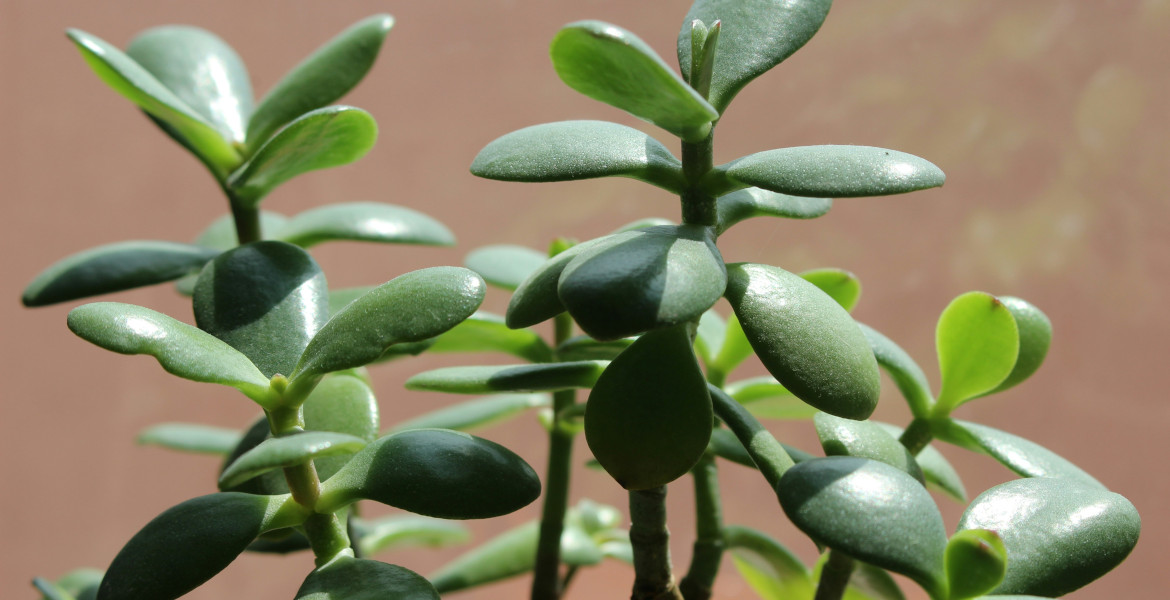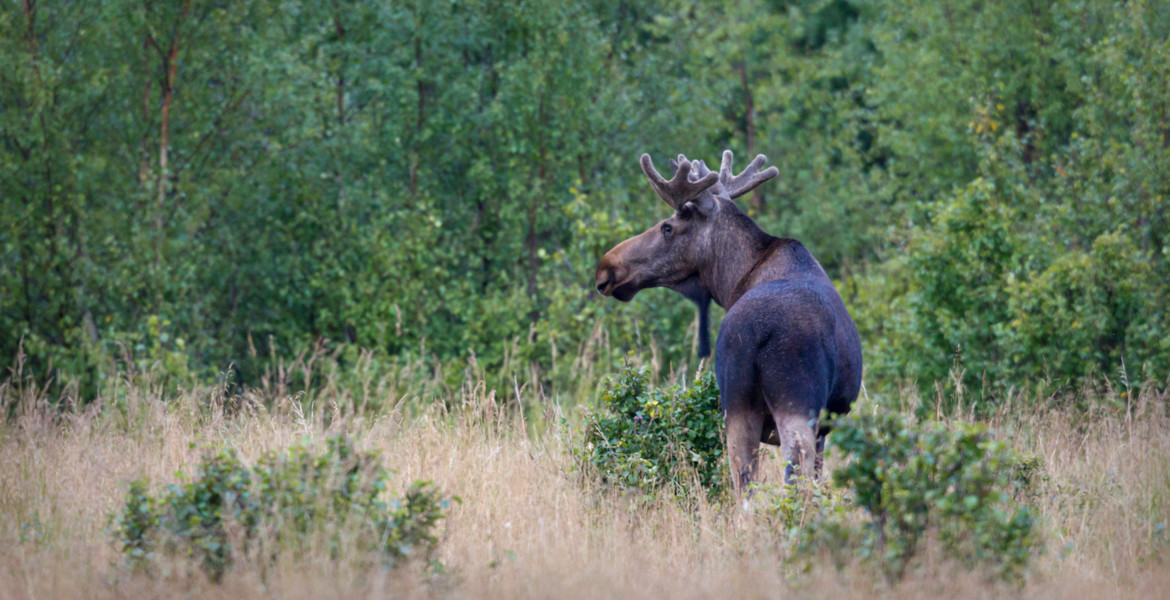What is believed to be a newborn great white shark has been captured on film for the first time off the coast of California, marking a historic moment in marine biology. The observation is expected to provide new insights into the early life stages and reproduction of great white sharks.
The great white shark is the largest living predatory fish and the third largest species of shark. Despite being one of the most famous fish in the world, very little is known about its reproduction and early life. For example, no one has ever seen the pups of a great white shark.
Last July, wildlife filmmaker Carlos Gauna and Phillip Sternes, a graduate student in biology at the University of California, were filming sharks off the coast of Santa Barbara, California. The drone camera revealed something that stood out. White sharks are usually gray on top and white on the bottom, but the shark they saw in the camera was completely white and only 5 feet long. White sharks can grow up to five meters, but one white shark has been found that was only 106 centimeters, which is not common.
– We enlarged the images, put them in slow motion, and realized the white layer was being shed from the body as it was swimming, Sternes said in a press release, adding that he believes it was a newborn great white shark that was in the process of shedding its embryonic layer.
However, it has not been determined that it is a pup, and there is also a theory that it could be a shark with an unknown skin condition. However, the general consensus is that it is indeed a pup, partly because pregnant white sharks have been observed in the area. In addition, one of the great whites was seen diving to the depths just before the small, new shark was spotted, suggesting that the female may have given birth to the pup further below the surface.
"Holy Grail of shark research"
If so, this would be the first white shark pup ever observed, according to an article published in Environmental Biology of Fishes.
– Where white sharks give birth is one of the holy grails of shark science. No one has ever been able to pinpoint where they are born, nor has anyone seen a newborn baby shark alive, says Gauna. There have been dead white sharks found inside deceased pregnant mothers. But nothing like this.
Great whites give birth to live young, and the shark observed was small enough to be a baby. The area off the coast of California has also been identified in the past as a possible birthplace for white sharks, but some scientists believe that white sharks probably give birth further out to sea.
– There are a lot of hypothetical areas, but despite intense interest in these sharks, no one’s seen a birth or a newborn pup in the wild, Sternes said. This may well be the first evidence we have of a pup in the wild, making this a definitive birthing location.


